Cookie notice
This websites uses analytical cookies. These are only placed as soon as you agree to them.
Convert poorly utilized warehouse space into a clever, slim-footprint storage solution
Trusted by

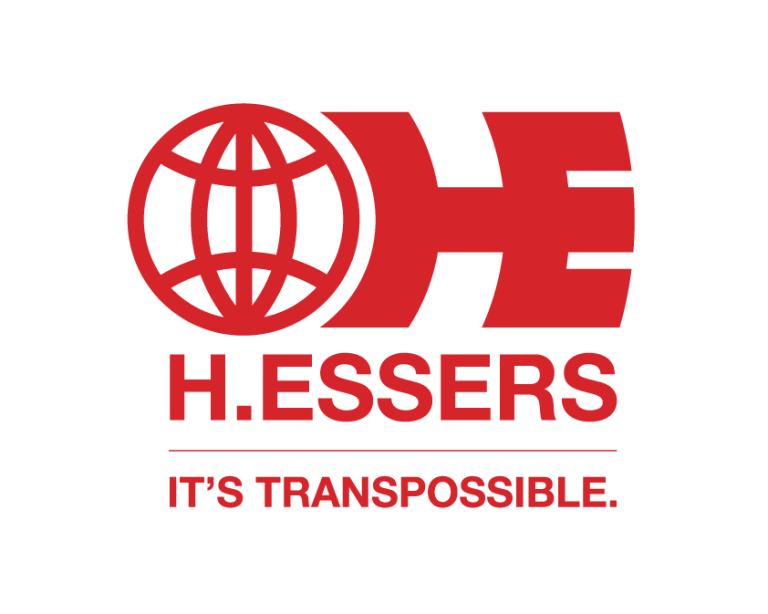





Storeganizer enables you to better utilize warehouse space, cut down on travel time when retrieving inventory and be more efficient. Concrete realization of our warehouse storage system on average:
More space
Reduction in travel time
Order picking efficiency
Carbon reduction
High-density warehouse storage system
Thanks to its universal (suspension) system, the Storeganizer pockets are easily installed in any type of pallet rack around the world, independently of manufacturer and/or beam type.
Storeganizer supports your growth and expansion rapidly, easily and efficiently, with short ROI.
Our warehouse storage system is a lean and 100% maintenance free solution without annual service contracts or long and complicated integration.
Storeganizer ingeniously reduces space in a warehouse and optimizes storage costs per square foot (meter) through suspended and easy-to reach columns divided into multiple compartments/pockets.
Storeganizer is made of lightweight industrial fabric yet can hold 220 pounds (100 kg) per column and is guaranteed for up to 10 years.
An impartial study showed 40% savings in usable warehouse storage space after introducing warehouse storage system Storeganizer, allowing order pickers to travel 42% less distance when retrieving product versus conventional rack-and-shelf systems.
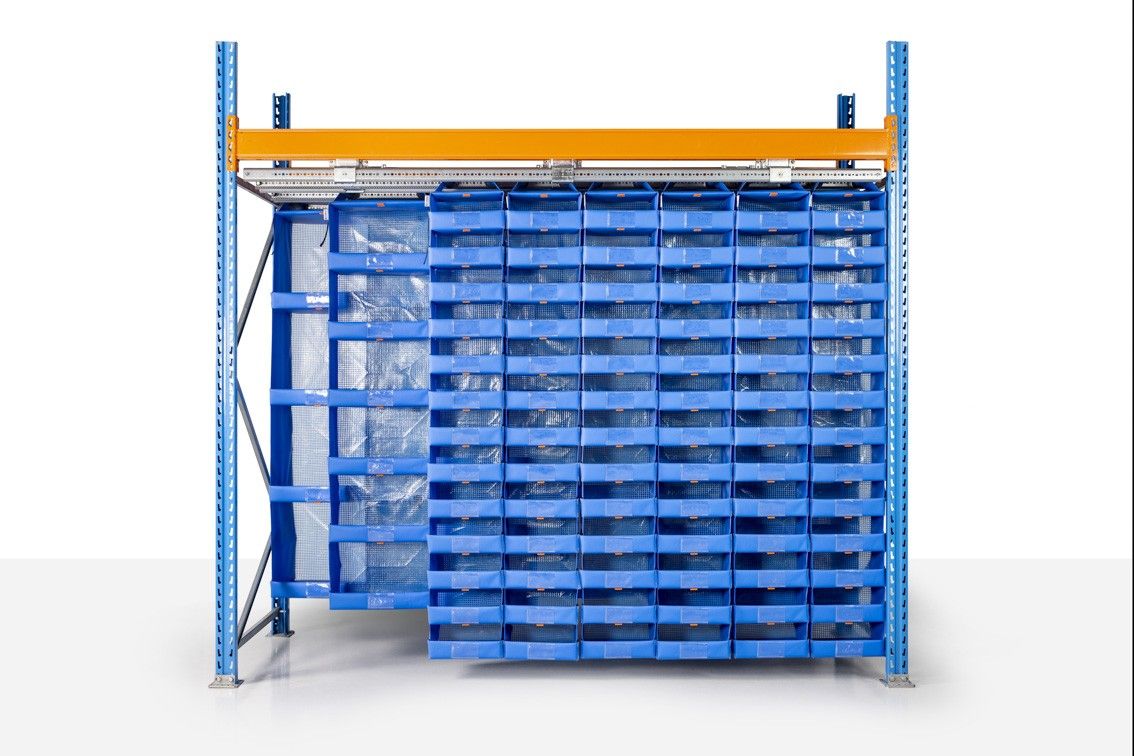
Durable & strong
Storeganizer is made of lightweight industrial fabric yet can hold 220 pounds (100 kg) per column and is guaranteed for up to 10 years.
Effective
An impartial study showed 40% savings in usable warehouse storage space after introducing Storeganizer, allowing order pickers to travel 42% less distance when retrieving product versus conventional rack-and-shelf systems.
High density
Storeganizer ingeniously optimizes warehouse storage costs per square foot (meter) through suspended and easy-to reach columns divided into multiple compartments/pockets.
Low cost of ownership
Storeganizer is a lean and 100% maintenance free solution without annual service contracts or long and complicated integration.
Scalable
Storeganizer supports your growth and expansion rapidly, easily and efficiently, with short ROI.
Easy to deploy, use and expand
Thanks to its universal (suspension) system, the Storeganizer pockets are easily installed in any type of pallet rack around the world, independently of manufacturer and/or beam type.
Storeganizer Storage Builder
Within a few minutes you'll receive an offer in your mailbox, a 3D design of your configurated Storeganizer setup and a calculation of the impact on the environment.
Other pocket sizes, quantities and pallet rack parameters or a combination of different pocket sizes per row are also possible. Please contact us for a dedicated and tailored solution!
Step 1
Technical details
Step 2
Your details
Enter your details and receive a handy Storeganizer brochure with all relevant data.

Storeganizer launches its 100% recyclabe textile NexTTex as a sustainable alternative! NexTTex contains the following features: • 100% recyclable membran, • 100% Polypropylene textile as strong as PVC coated fabric, • no issue with plasticizers migration, • maintains its flexibility & high durability, • a light weight solution, reduction of 30% compared to PVC, • excellent UV resistance. By using NexTTEx you reach a carbon footprint reduction of 50%.
Check out how NexTTex fits into Storeganizer.
NexTTex is now available!
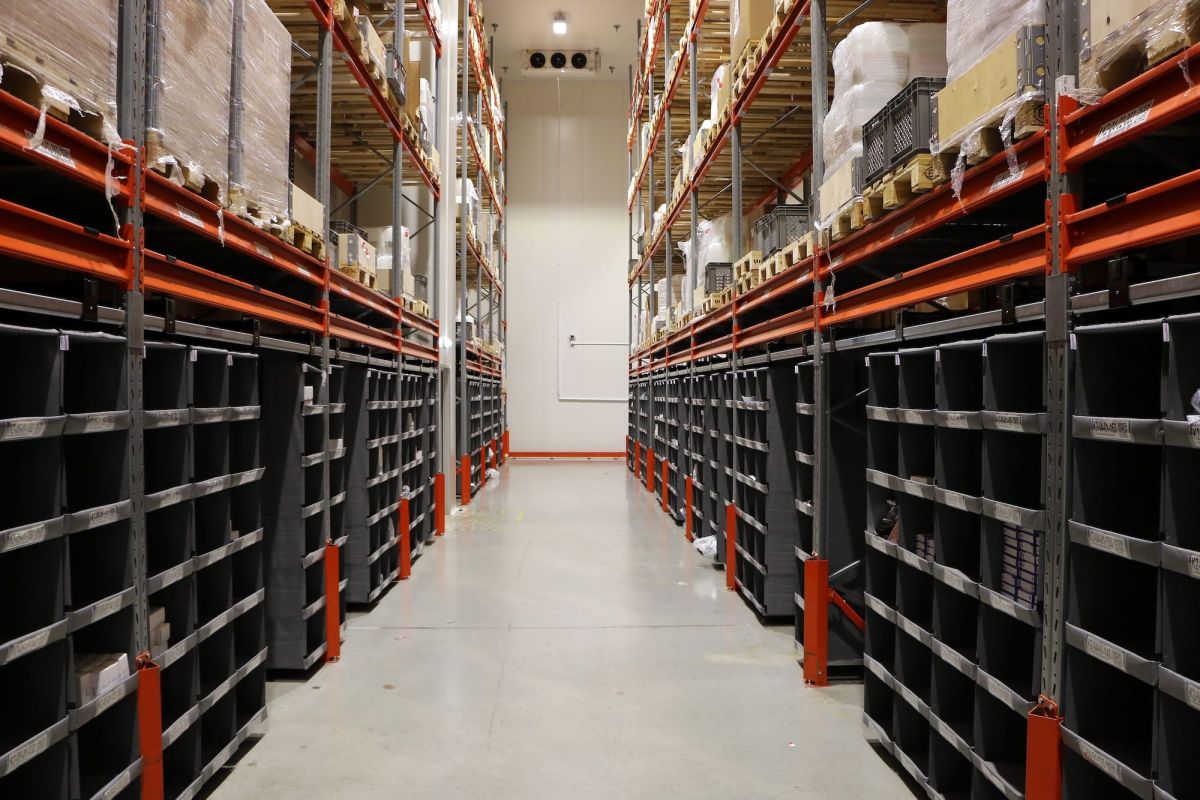
Storeganizer is guaranteed for a period of 10 years thanks to its unique design and the materials used. Storeganizer is a lean and 100% maintenance free warehouse storage solution without annual service contracts or long and complicated integration procedures, bringing down the total cost of ownership and making it the preferred solution for your small, slower moving storage items.
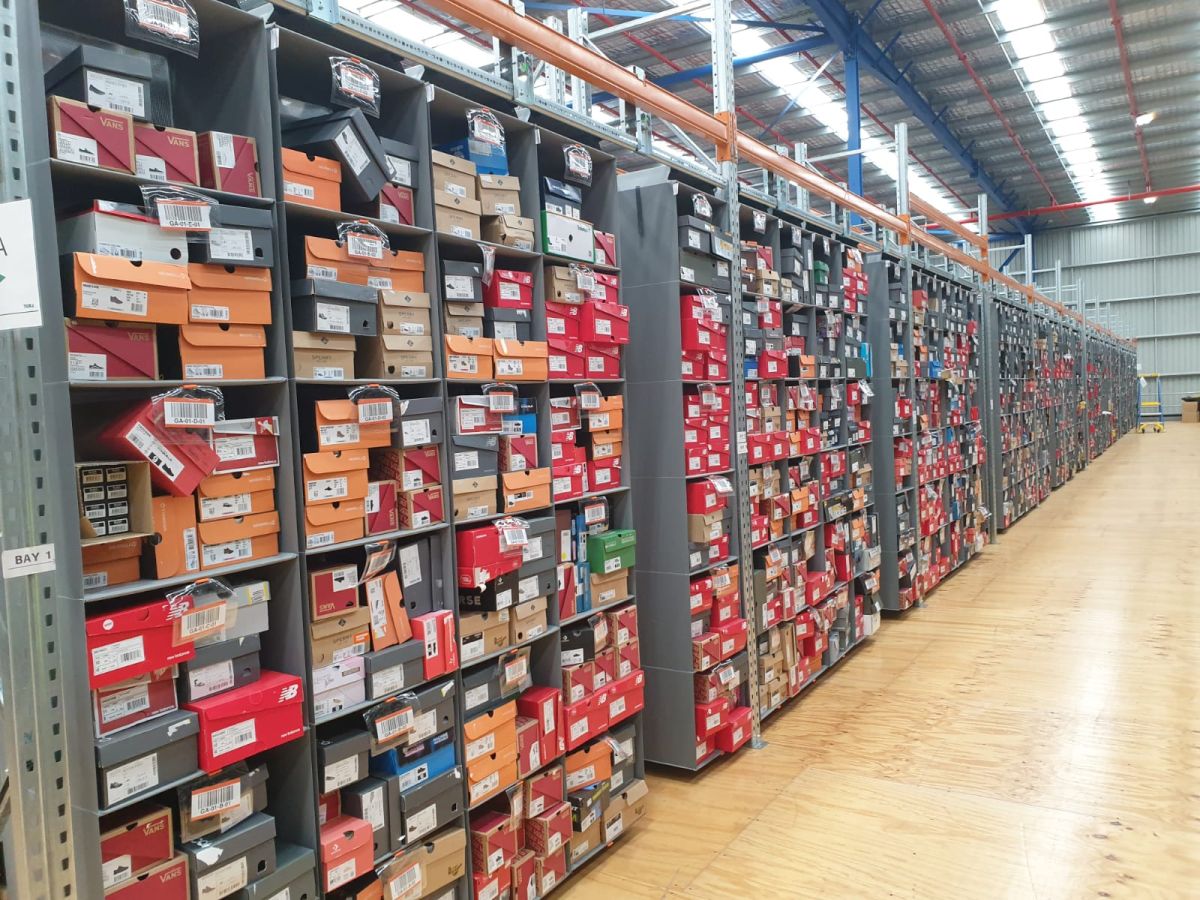
Businesses of any type or size and from any industry can benefit from a more efficient warehouse storage solution, such as:
Ecommerce (which exploded amid the pandemic and still growing)
(Spare) Parts (aviation, automotive, machines, appliances, equipment, tools, spray cans, dispensers…)
Healthcare & medical products
Fashion (such as shoes, apparel, jewelry,…)
Consumer goods (like consumer electronics, books and stationery, toys, cosmetics, household articles and appliances, home textiles…)
Third-party logistics (for all sectors)
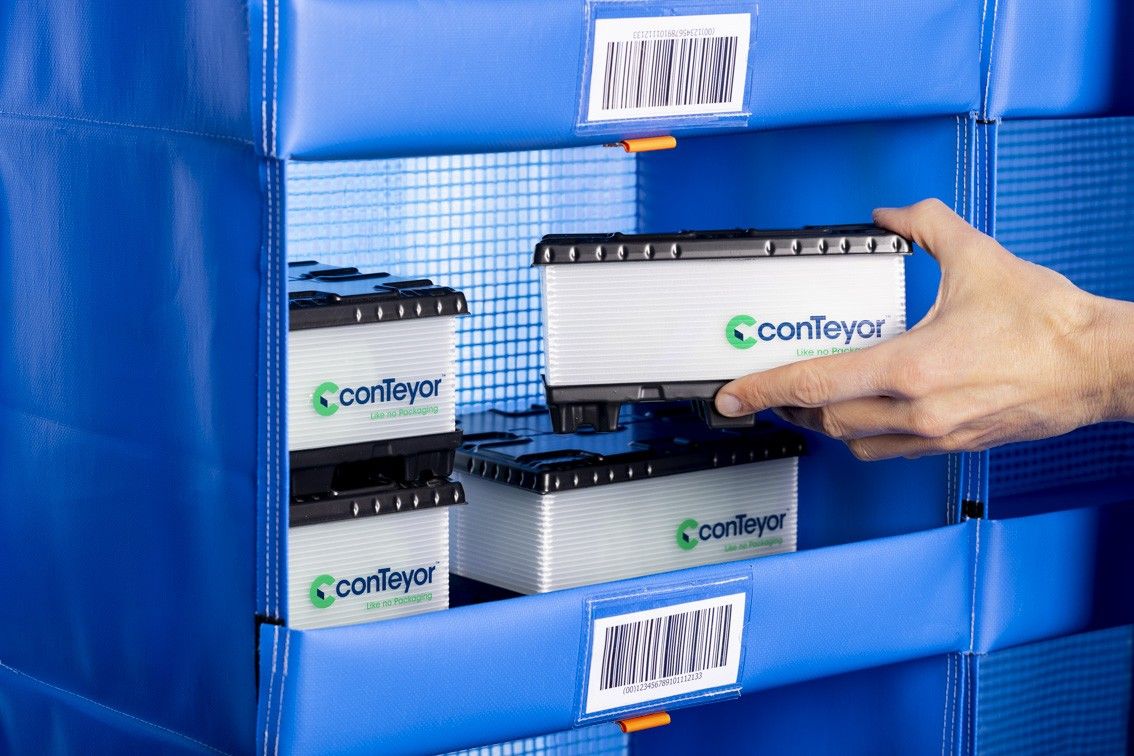
Storeganizer can be adapted to your needs. Items can be stored in standard or bespoke pocket dimensions. Pockets can be labeled or barcoded to minimize picking errors. Front covers, dividers or front stops are available as additional options.
Latest news
Stay up to date with Storeganizer

International fairs
We were present at LogiMAT in Germany and at MODEX in Atlanta, US with our high-density warehouse storage system Storeganizer. Discover what you could find at our booth in Germany and in the United States.
Get in touch with a Storeganizer specialist.
Get in touch
We have regional representatives available to assist you in your area. Select your location, and you’ll see a list of all representatives specialized in your region.